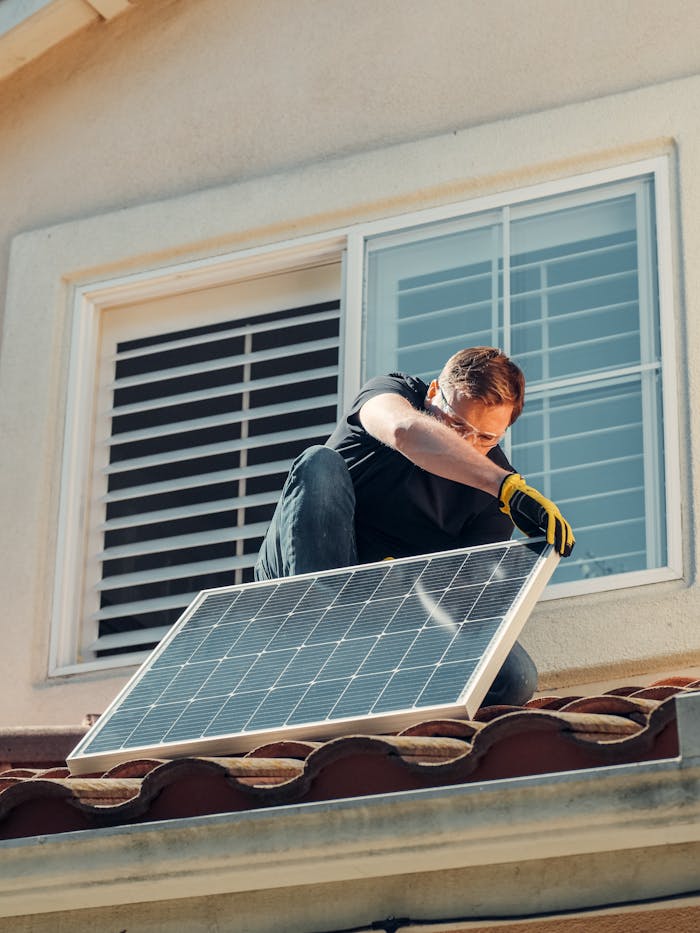Solar Energy Grants & Programs
As the world shifts towards renewable energy, governments are introducing incentives to encourage the adoption of solar power. In Australia’s Northern Territory (NT), the Home and Business Battery Scheme along with the Solar for Multi Dwellings Grant Scheme help homeowners and businesses reduce electricity bills, enhance energy independence, and lessen environmental impact. These programs lower the cost of solar energy by subsidising the installation of solar photovoltaic (PV) systems and battery storage solutions. This article explores the details and benefits of these initiatives.
The Home and Business Battery Scheme
The NT Home and Business Battery Scheme supports households, companies, and non-profits in installing solar PV and battery storage systems. This program offers $400 per kWh of usable battery system capacity, up to a maximum of $12,000 per property. Participants can store surplus solar energy to maximise self-consumption, reduce electricity costs, and stabilise the grid.
Key Scheme Features
- The grant covers the purchase and installation of a new solar PV system with an approved battery and inverter.
- Participants may also add a qualifying battery and inverter to an existing solar PV system.
- From July 1, 2025, participants will receive 18.66 cents per kWh for power exported to the grid between 3 PM and 9 PM.
- The program helps businesses and consumers reduce their dependence on the electrical grid and lower power system costs.
Standards for Eligibility
Eligible candidates for the Home and Business Battery Scheme must meet the following criteria:
- Register your NT residential property.
- Register as a regional NT business.
- Be a non-profit or community group with owned or leased property.
- Property owners who own both a home and a business may apply separately, but each property and owner can only apply once.
Application Method
- Obtain a quote: Interested candidates must obtain a battery system quote from an authorised installer.
- Applications must be submitted online via GrantsNT before installation.
- Upon approval, installation must commence within six months of voucher issuance.
Multifamily Solar Grant
Installing shared solar PV systems in multi-dwelling projects is funded under the Solar for Multi Dwellings Grant Scheme. This initiative aims to provide solar energy to apartment buildings and other multi-residential units, allowing numerous households to benefit without individual rooftop installations.
Key Scheme Features
Grants of up to $7,500 per household cover 50% of installation costs.
Funds can be used for:
- Shared rooftop solar PV.
- Technology that efficiently distributes solar electricity.
- Smart meters to monitor energy usage.
- Battery storage, where applicable.
This scheme reduces power costs and enhances solar energy access for both renters and owners, promoting shared energy solutions and making solar power more accessible.
Standards for Eligibility
The Solar Multi Dwelling Grants are available to:
- Multifamily property management organisations.
- Owners of multi-residential complexes who are interested in pooled solar PV systems.
Application Method
- Property owners or management firms must evaluate energy needs and obtain a solar quotation.
- Applications and supporting documents must be submitted to GrantsNT.
- Upon approval, installation must be completed within the designated timeframe.
Conclusion
The Home and Business Battery Scheme and Solar for Multi Dwellings Grant Scheme are crucial to NT solar energy uptake. These efforts make solar power more inexpensive and accessible by offering large financial incentives and promoting sustainable energy practices in households, companies, and multi-residential buildings.
NT residents and business owners are encouraged to take advantage of these initiatives, supported by government backing for renewable energy. Participants may lower power bills and create a greener, more resilient energy future by investing in solar and battery storage.


